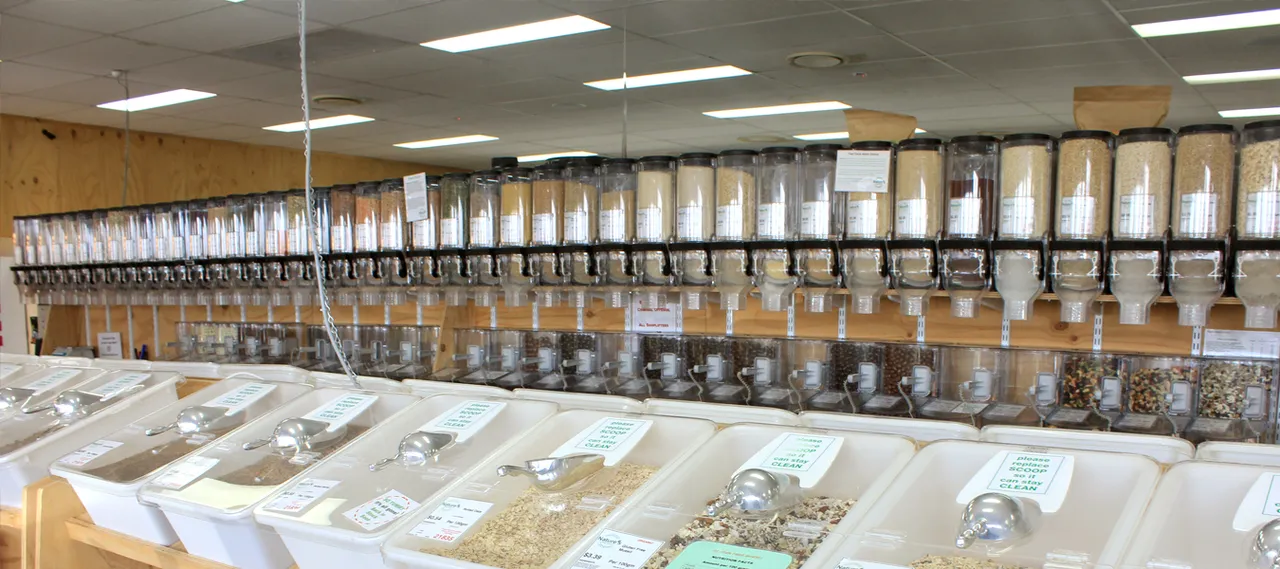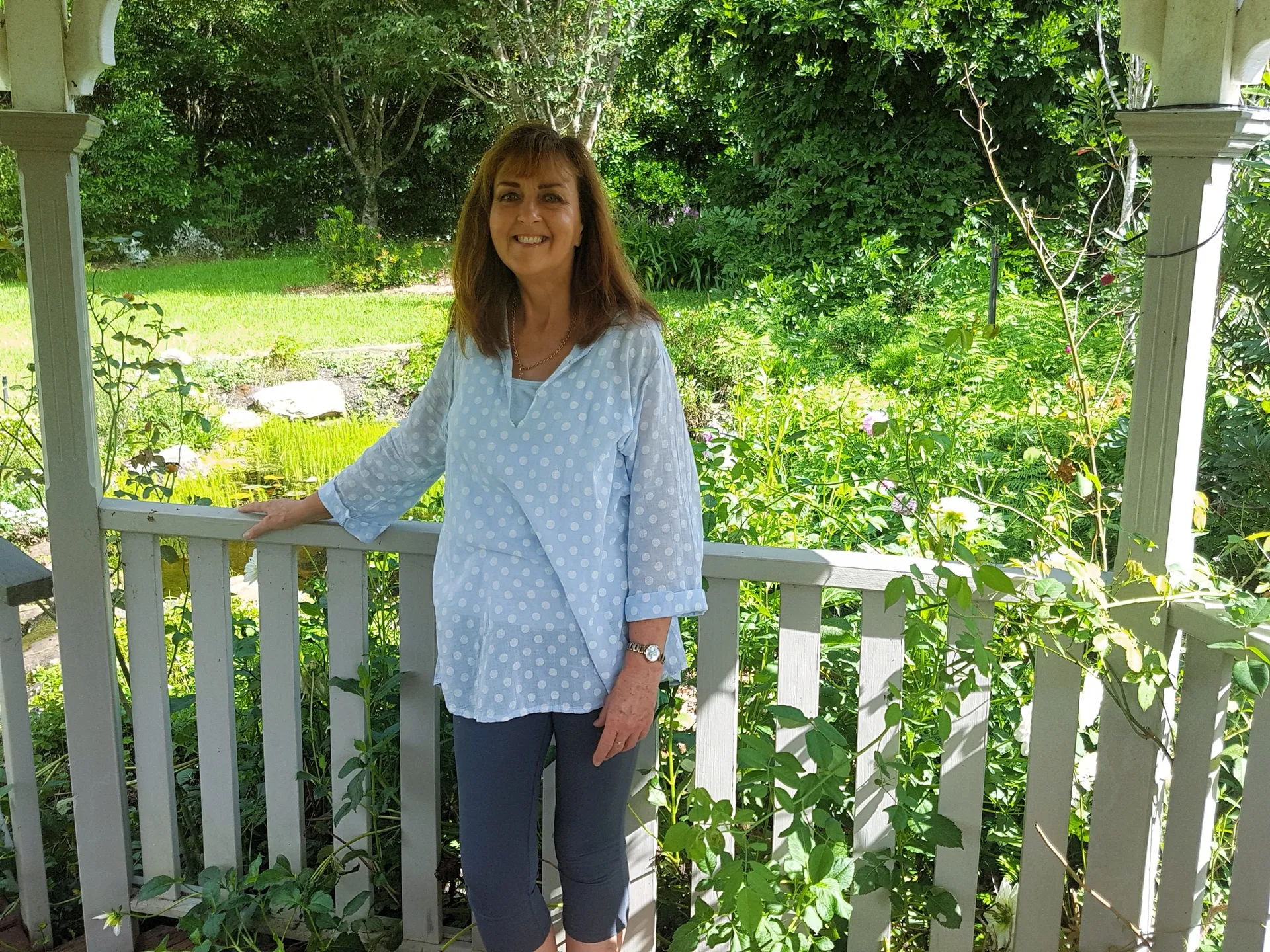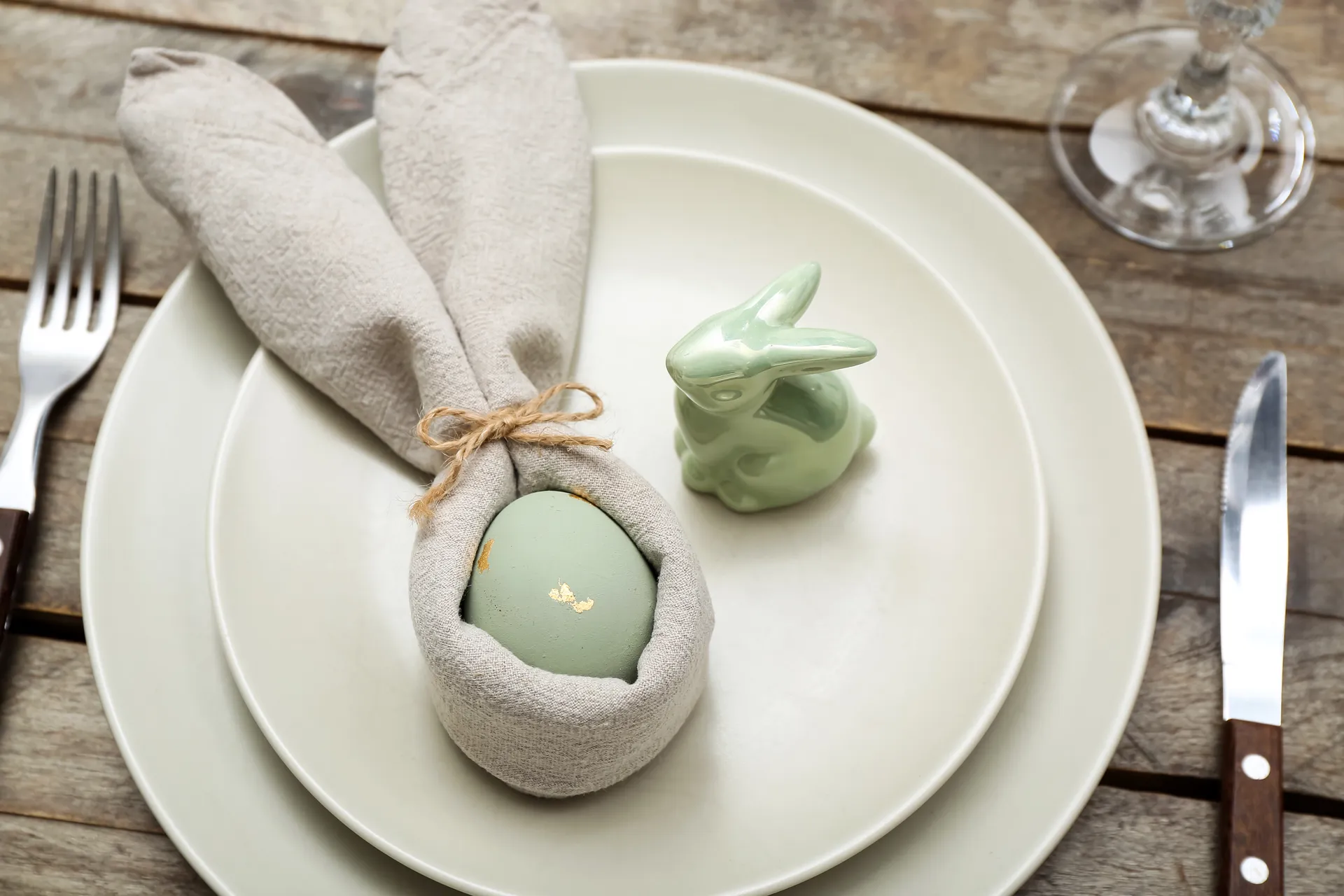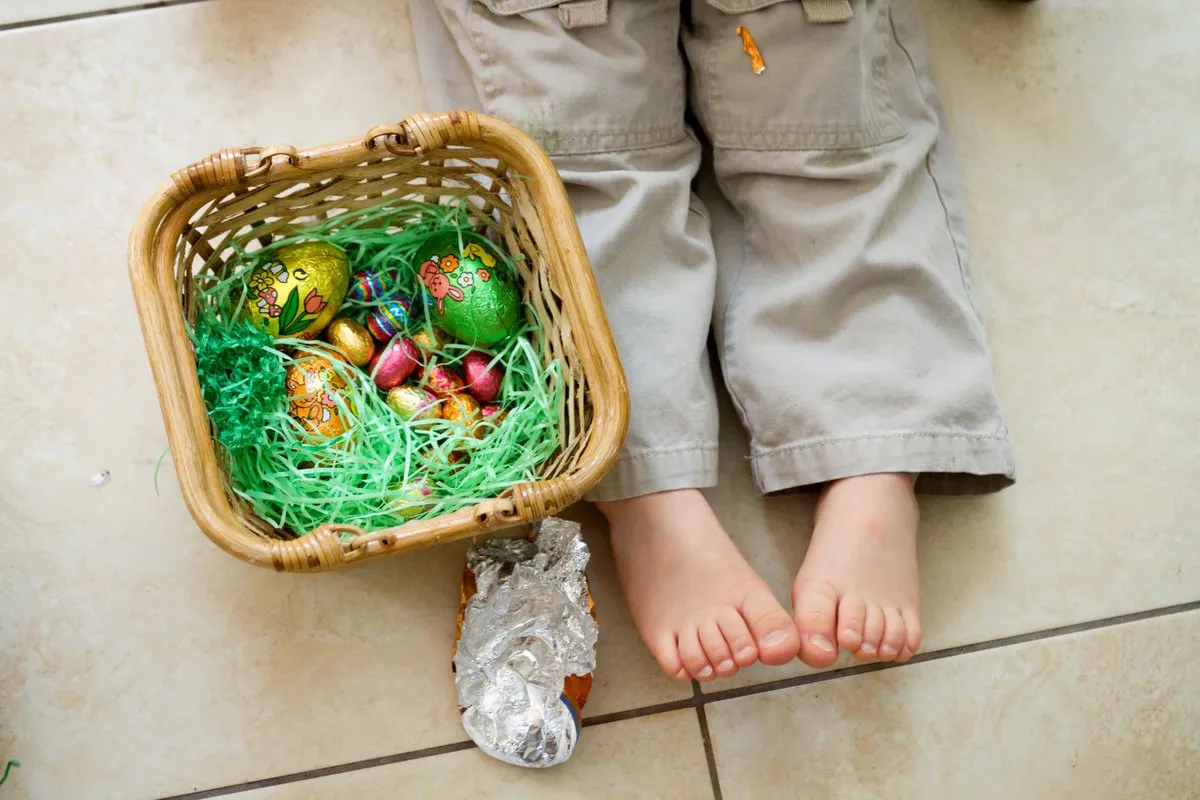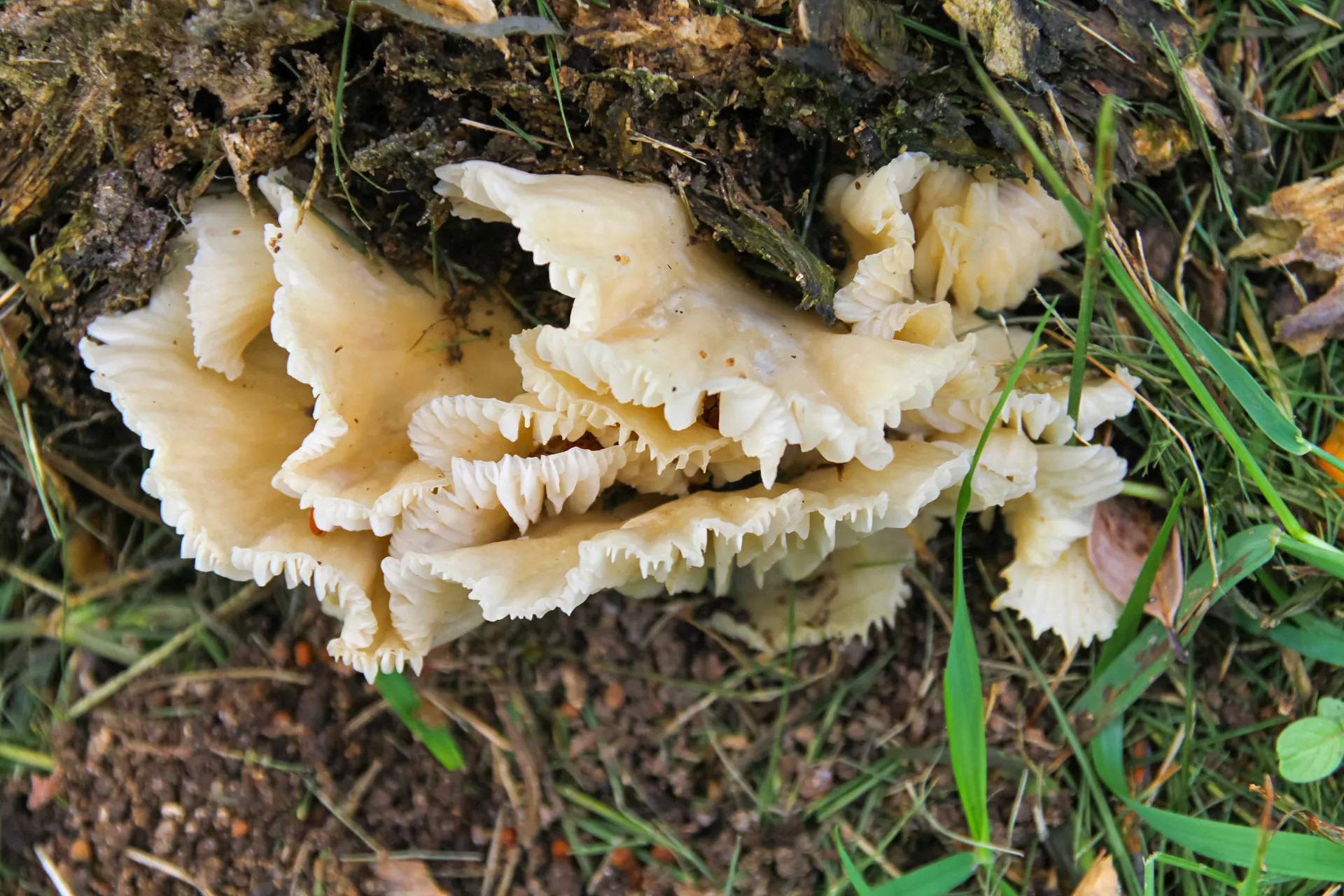Creating a DIY miniature succulent garden

You'll find these quirky, fun splashes of greenery adorning tables in cafe's and bringing colour to interior and exterior spaces.
Succulent plants are everywhere right now. You'll find these quirky, fun splashes of greenery adorning tables in cafe's and bringing colour to interior and exterior spaces.
These interesting, diverse plants are the perfect way to enliven an indoor space or add interest to a small backyard or outdoor living area.
Succulents are versatile and can be used to create a variety of looks: single plants in funky pots or upcycled containers are simple and unpretentious; while miniature succulent gardens can be personalised or creatively themed.
Succulents store water in their leaves and stems, making them naturally drought tolerant and ideal for Queensland conditions (they're incredibly tolerant of people who forget to water them too!).
Miniature succulent gardens are easy to care for, fun to create, ideal for interior or exterior locations and will reward you with some of the most charming flowers you've ever seen - what's not to love about that?
Living Smart spoke with succulent specialist Shaun Farlow from Mini Garden Creations about how to create a DIY miniature succulent garden. The Mini Garden Creations stand at this year's QLD Garden Show in Nambour was one of the hits of the show, with hundreds of people carrying around white cupcake boxes filled with tiny succulents of countless shapes, sizes and colours.
Asked why succulents have become so popular in recent years, Shaun says our busy lives and smaller backyards are fuelling an interest in more compact green spaces.
"Land is becoming smaller and houses bigger, yet people still appreciate having something that is alive and natural around them," he said. "Succulents are convenient, come in an array of beautiful colours and bring happiness to a space without requiring too much work," Shaun enthused.
Getting started on your DIY miniature succulent garden
with Shaun from Mini Garden Creations
It's helpful to select a theme for your garden to guide the choice of plants, pot and any accessories. Fairy gardens, Japanese gardens, beach-inspired retro, terrarium, upcycled…the possibilities are endless. Check out Pinterest for some ideas before you get started.
1. Selecting a pot
Just about any container or commercial pot is suitable for a miniature garden, providing it has adequate drainage and at least 5cm of soil depth. This really is an opportunity to get creative so try searching in second hand stores or homewares markets for a suitable container that can be upcycled. If there are no drainage holes, you will need to drill some so select a material that can withstand drilling.
2. Choosing plants
Consider in advance where the garden will be placed. If the space is outdoors, observe whether it receives full sun or is partly or fully shaded.
Certain varieties of succulents perform better in sun, shade or indoors so it's good to do your research and place plants of the same variety together. However, Shaun says it is worth experimenting to see what works in your climate as some sun lovers can grow well indoors.
Ideal indoor varieties:
- Haworthias
- Aloe hybrids
Ideal full-sun varieties:
- Crassulas
- Echeveria
Importantly, when growing from a cutting, ask the person who gave it to you where the parent plant was grown and try to replicate the growing conditions as closely as possible to give your cutting the best chance of survival.
3. The right soil
Add a layer of gravel or stones to your container first so the plant does not sit in water or drenched soil. Fill the container to at least 5cm with a well-draining succulent mix. Avoid standard premium potting mixes as they tend to hold more moisture. Plant succulents at least 3-5cm apart to allow space for them to grow.
4. Adding personality to your garden
Once the soil and plants are in place, personalise your garden by adding colourful pebbles, ornaments or other decorations.
5. Care and maintenance
Looking after a succulent garden is really easy. Being drought tolerate, they need little water to thrive. Shaun's general rule-of-thumb is to let the soil completely dry out before soaking well. Avoid misting as succulents draw moisture from the soil and misting does not penetrate the soil enough for the plant to absorb adequate moisture. Remove any excess moisture from the dish or container so plants do not sit in water.
Use a liquid all-purpose fertiliser such as Thrive during the growing season at 20-25% of the recommended dose every 3rd or 4th watering. This will keep the plant healthy and encourage strong growth habits. In winter, the plants are likely to go dormant for a short period of time, even in Queensland. During this time, fertilise with Seasol at 25% strength every 3rd or 4th water to condition the roots.
Repot your succulents every two years and remove a third of the roots to prevent root rot before placing in new soil.
Once you have the basics nailed, Shaun recommends experimenting with different plants, pots and decorations to create truly unique miniature gardens that reflect your personality and space.
"Some varieties have the most beautiful flowers, others display striking foliage and interesting textures. There are many different shapes with some varieties so symmetrical it is mind boggling, and others more sporadic in their growth patterns. Take an active interest in your plants and they will reward you again and again," Shaun said.
Do you have a succulent garden? We would love to hear your tips in the comments below.
For more inspiration for indoor plants, small spaces or courtyards, check out Plant Life Balance. They've created 11 professionally styled looks proven to improve air quality and make your space more relaxed. There's even an app that you can download to see how plants can be used to transform your space!
Do you have an idea for a story that Living Smart can cover? Is there a relevant topic you would like to know more about? We would love to hear your story ideas and suggestions below.



